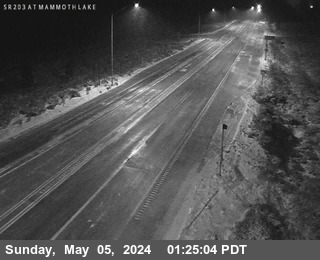Brought to you by Howard Sheckter
The break from record heat will continue into the new week with slightly below normal temps in the high country……Warmer weather is expected 2nd half of the new week…..Dry pattern to continue……Perseids flying high next week!
Sunday August 7, 2016
It’s been a little chilly at night as of late. Early morning lows have been in the low 40s in Mammoth and as chilly as 30 in the Bridgeport area. The extremely dry air combines with off shore troughing is likely to continue through mid week. This will include the usual zephyr afternoon and evening breezes.
Retrogression of the long wave features will occur 2nd half of this upcoming week. So above normal temperatures will redevelop by next weekend. (Normal highs now about 77) in Mammoth, this time of the year. Early morning lows average low to mid 40s.
Outlook:
Favored ECMWF:
Week 2:
Amplification of the long wave ridge is expected to near the dateline later this new week plus the continental high moving westward will bring the possibility for another siege of heat week 2. However, there are significant difference between the EC ensembles and the control. The control keeps the upper ridge position in the mean between north of Hawaii and the Dateline while the ensembles (5 day means) retrograde it slightly west of Kamchatka. Both models suggest a return to warmer than normal temps. However the ensembles suggest that the AZ Monsoon will return to SE California, Southern CA Deserts north to the Eastern Sierra during the 3rd week of August. (more on that later)
Perseids meteor shower:
Increasing nightly now with more meteors every night as we approach the maximum on the 11th/12th/ Best viewing after midnight!
REPRINT:
Perseids Meteor Shower:
Earth will pass through the path of Comet Swift-Tuttle from July 17 to Aug. 24, with the shower’s peak — when Earth passes through the densest, dustiest area — occurring on Aug. 12. That means you’ll see the most meteors in the shortest amount of time near that peak, but you can still catch some action from the famed meteor shower before or after that point.
The Perseid meteor shower will burst into light this August as Earth passes through the long trail left by Comet Swift-Tuttle — and this year, it’s slated to put on a spectacular show. Here’s how and when to see the Perseids.
According to NASA meteor expert Bill Cooke, the Perseids are perhaps the most popular meteor shower of the year. They will be in “outburst” in 2016, which means they’ll appear at double the usual rates.
“This year, instead of seeing about 80 Perseids per hour, the rate could top 150 and even approach 200 meteors per hour,” Cooke said. It’s the first such outburst since 2009.
Moon Setting times for best viewing: (best viewing after moon set) The shower radiates from the NE. (Best viewing after Midnight)
August 11th 12:30AM (Near Peak)
August 12th 1:09AM (Peak of Shower)




